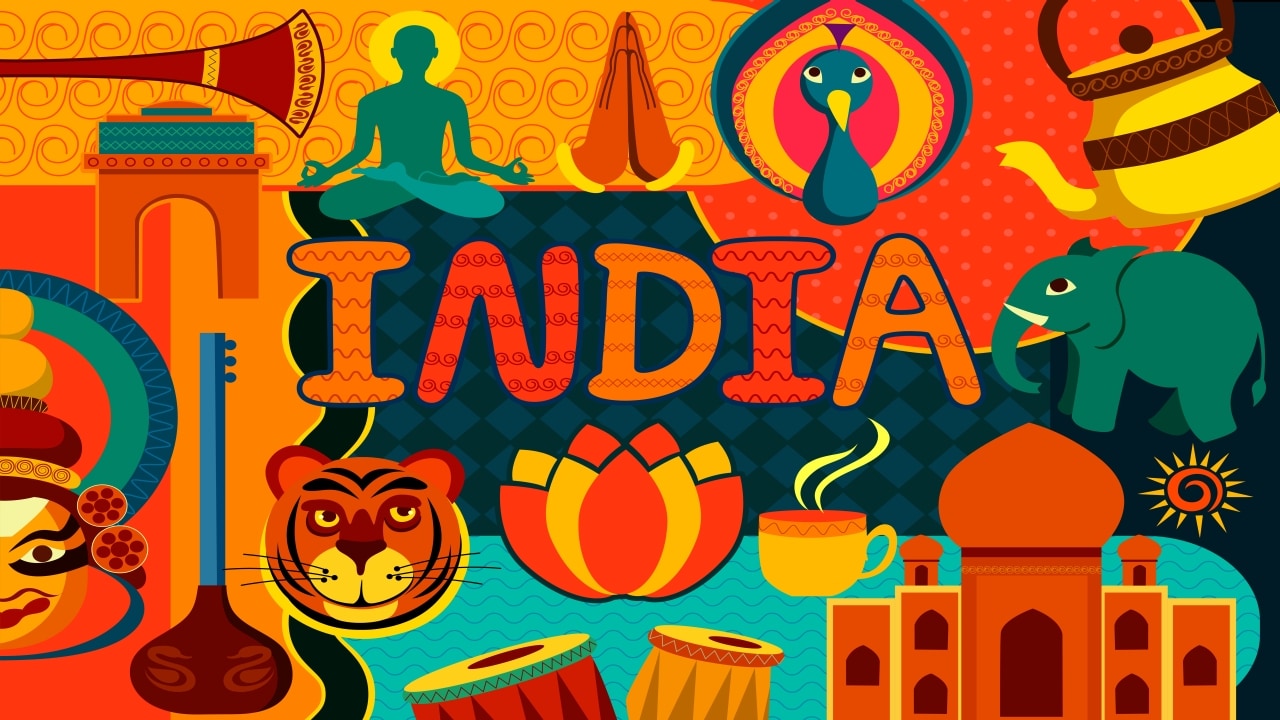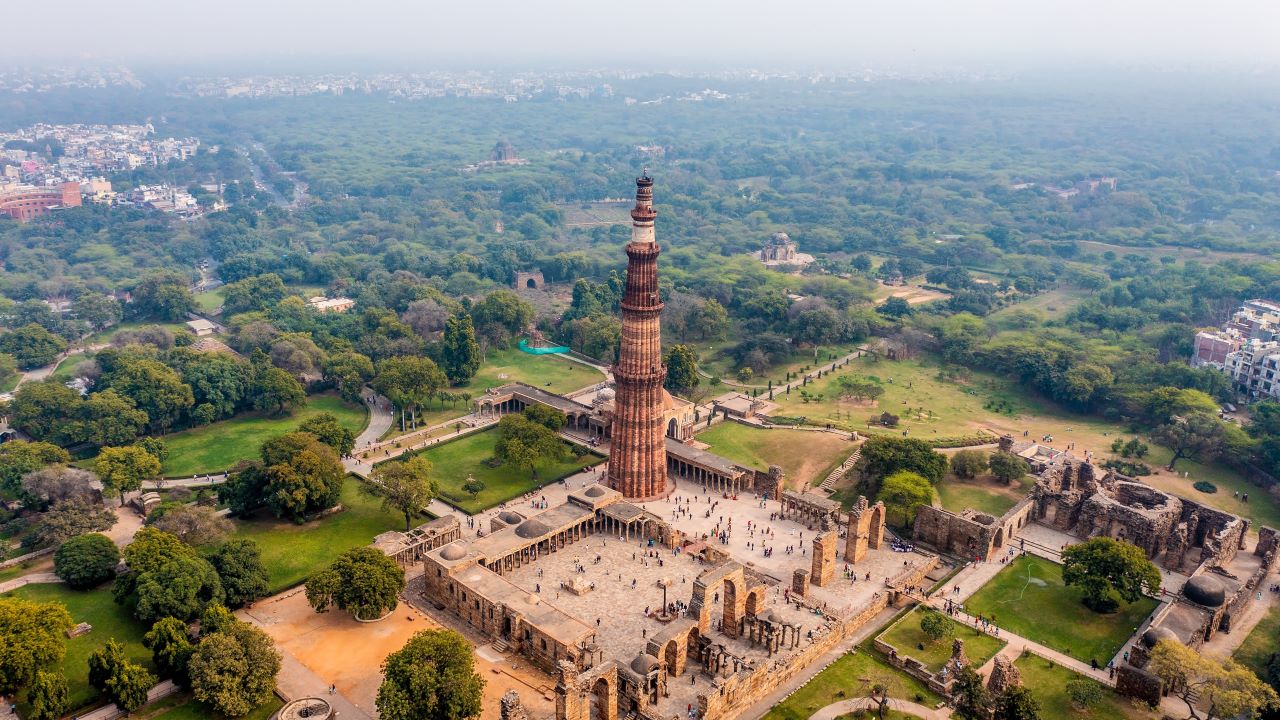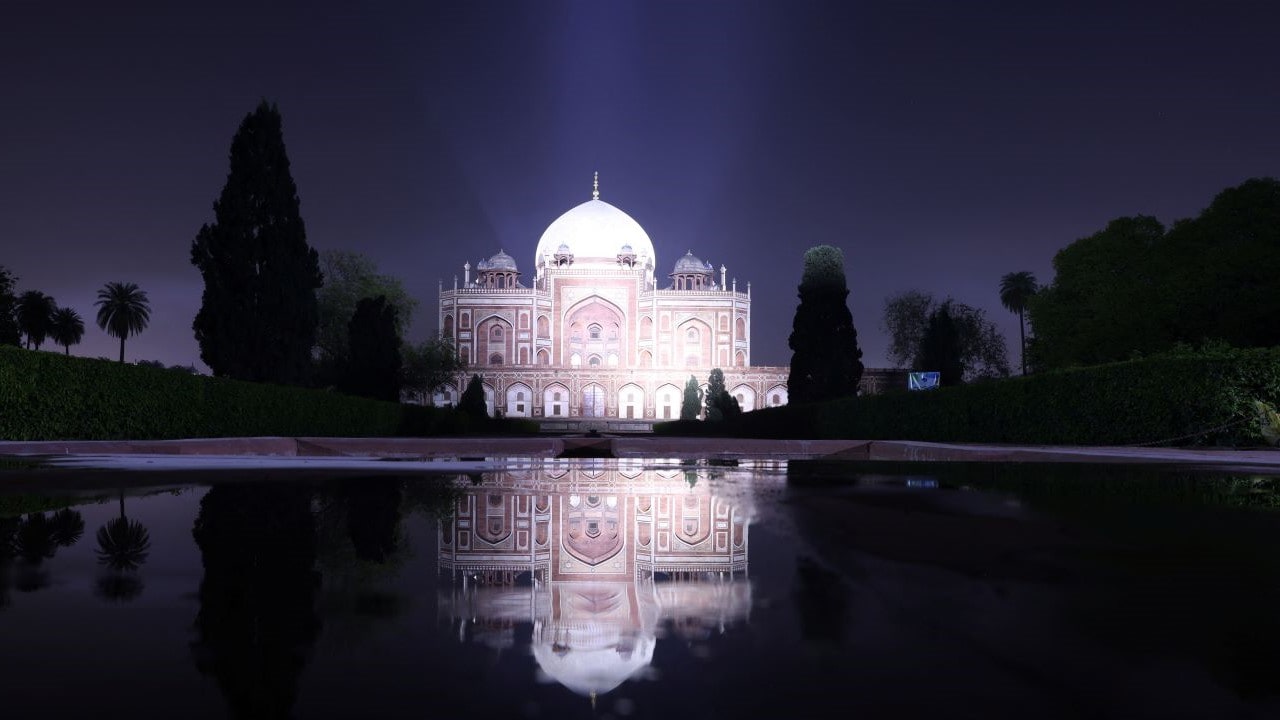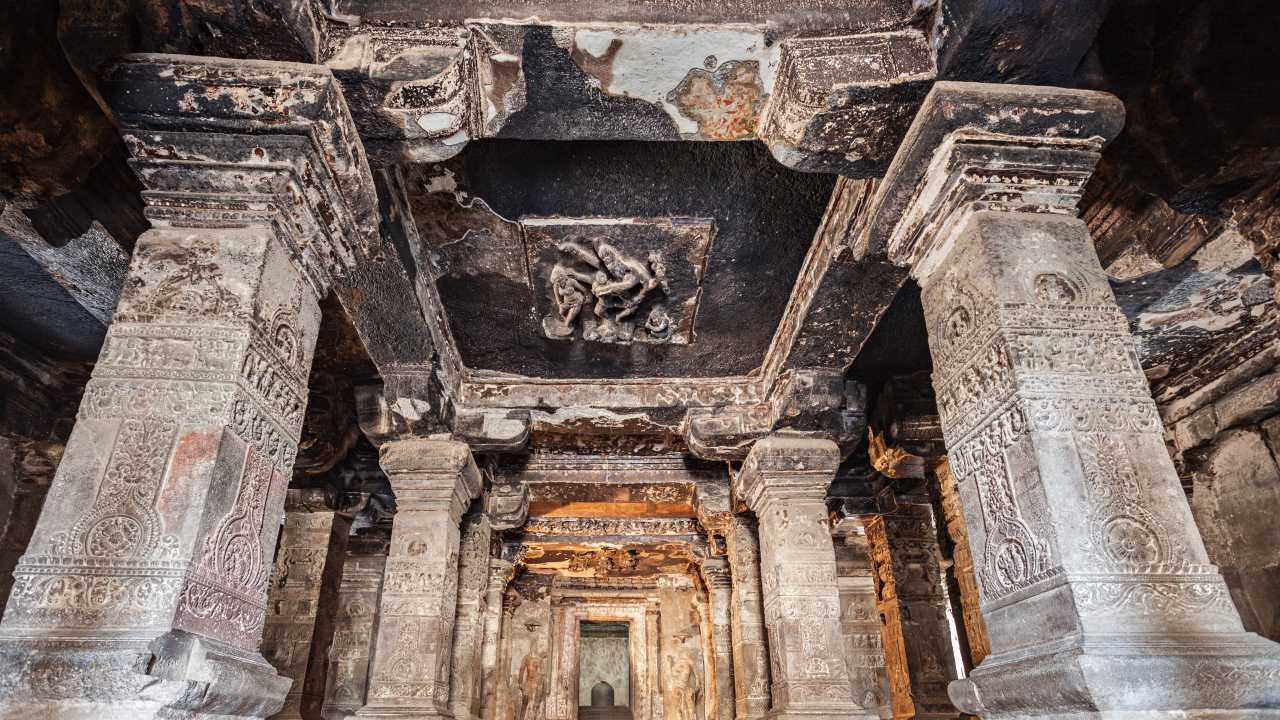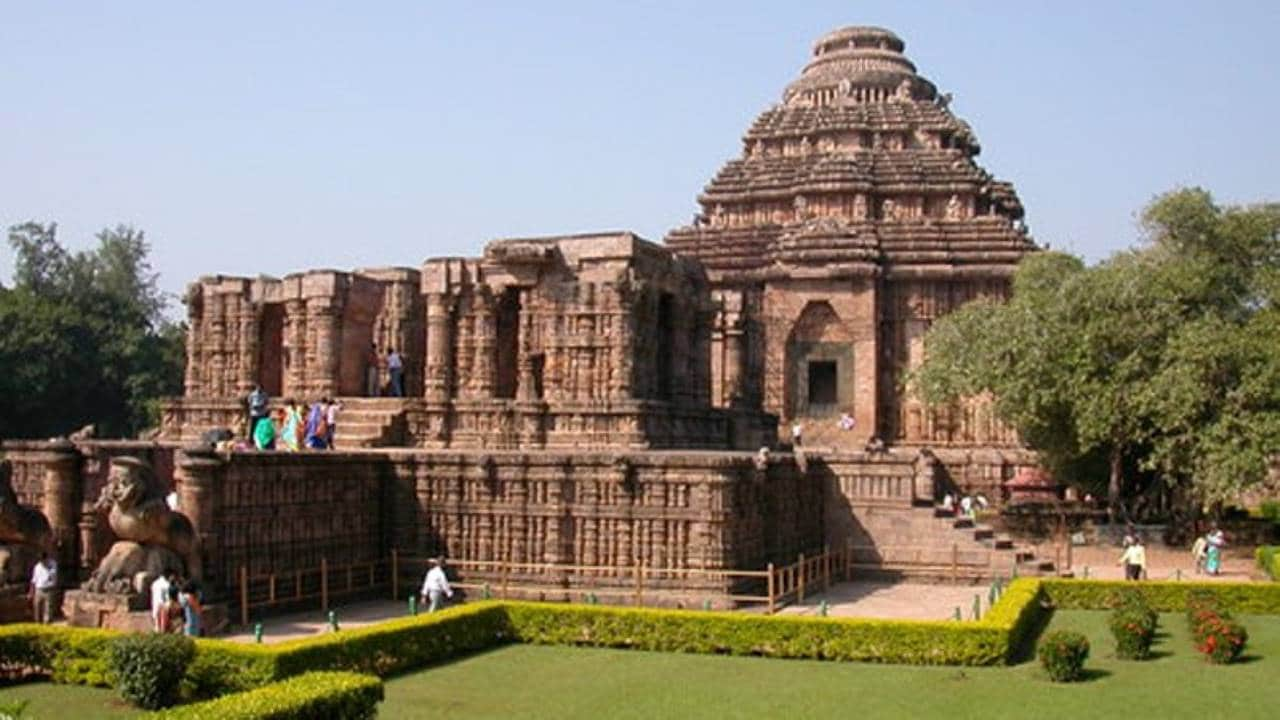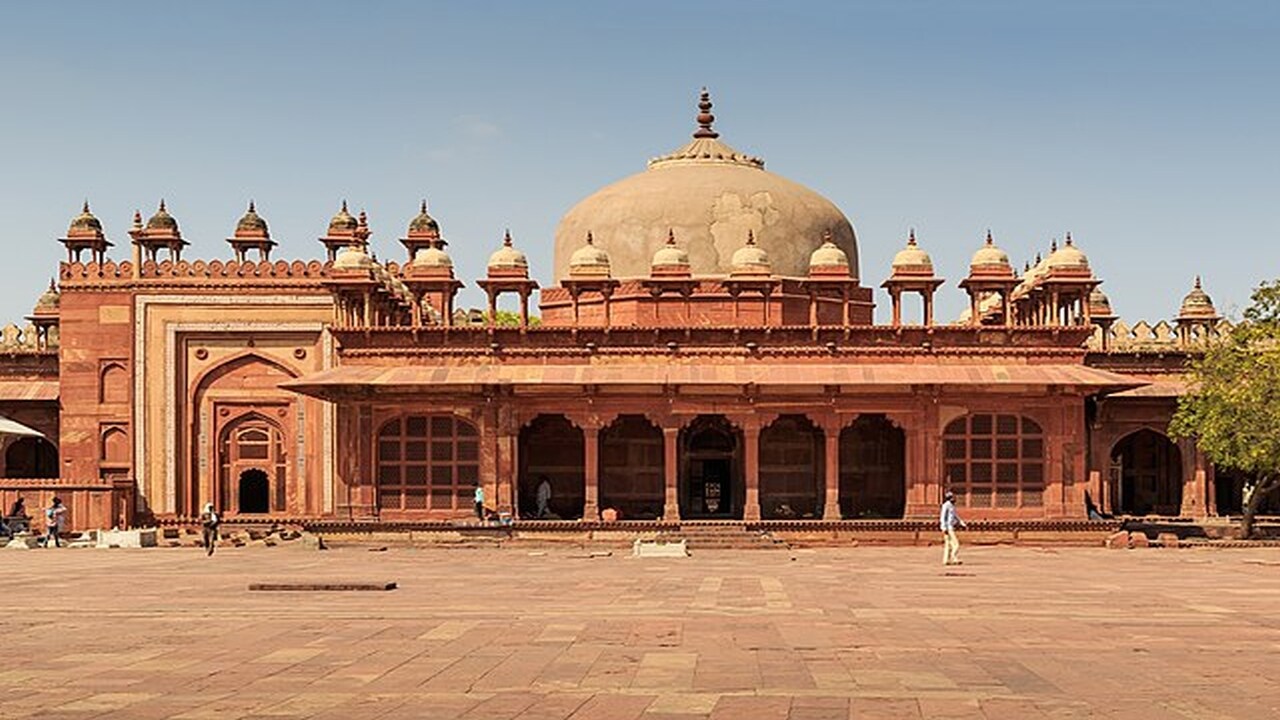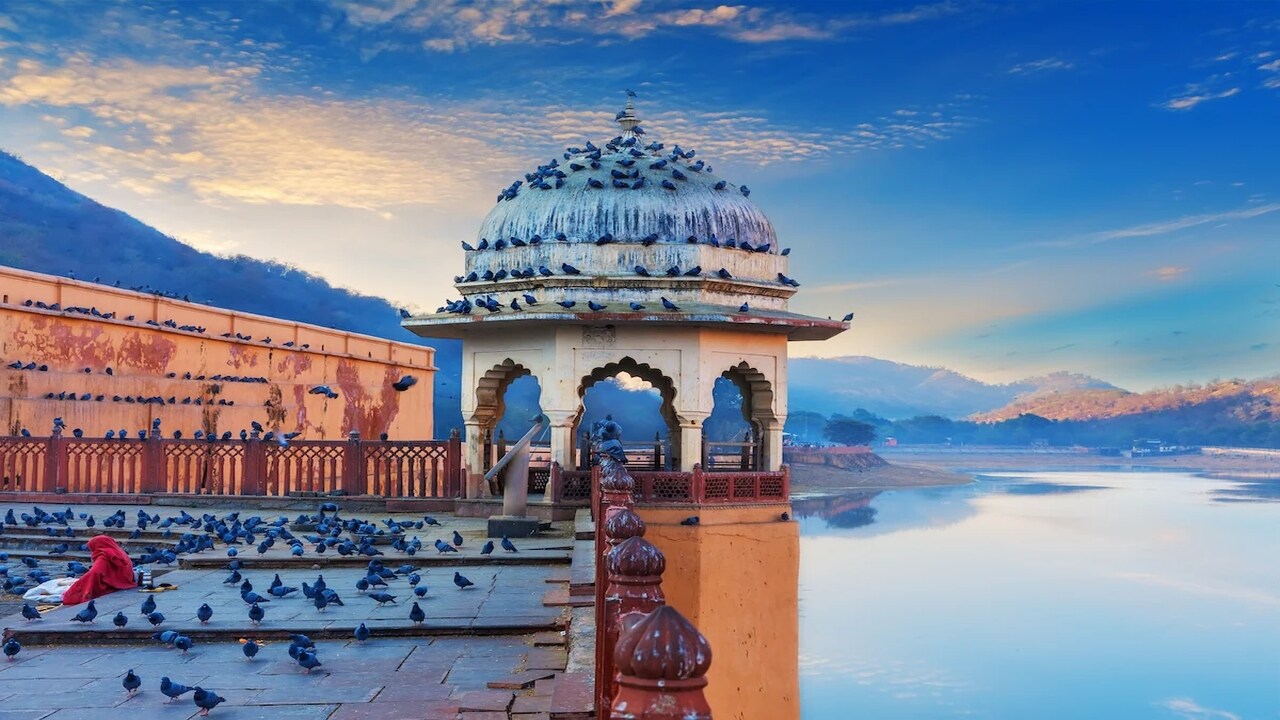Delhi Metro Yellow Line faces delay due to technical glitch, here is the latest update

KV Prasad Jun 13, 2022, 06:35 AM IST (Published)
 Listen to the Article (6 Minutes)
Listen to the Article (6 Minutes)
Summary
The DMRC had suggested commuters take the Violet Line as an alternative route to avoid any delays in reaching their destination. However, the DMRC shortly updated that normal services have been restored on the Yellow Line.
The Delhi Metro Rail Corporation (DMRC) informed commuters on Thursday morning that services on the Yellow Line between Kashmere Gate and Central Secretariat were delayed. The DMRC on Twitter released a note informing people about the delay and advised them to take the Violet Line instead. However, the services were restored shortly but the cause of the delay has not been specified yet.
“Yellow Line Update. Delay in services between Kashmere Gate and Central Secretariat. Normal service on all other lines,” DMRC informed in its initial tweet.
The Yellow Line of the Delhi Metro connects stations Samaypur Badli in Delhi and HUDA City Centre in Gurgaon.
The alternative route through the Violet Line connects Kashmere Gate and Badarpur in Delhi.
ALSO READ | NH-48 construction: Delhi Metro increases number of trains on Yellow Line to ease crowd
Several people were stranded due to the delay. A Twitter user wrote, “Kashmere Gate to Central Secretariat, Central Secretariat to Huda City Centre It took almost 2 hours…”
However, the DMRC shortly updated that normal services have been restored on the Yellow Line.
Commuters can expect normal travel times now on the Yellow Line as the services were restored.
The DMRC, last month, increased the number of train trips between Qutub Minar station to HUDA City Centre station on the Yellow Line.
The trips were increased to offset the additional load on the Metro due to the partial closure or diversions imposed on the National Highway-48 near Gurugram.
Meanwhile, in Mumbai, services on the Ghatkopar-Andheri-Versova corridor of the rapid transit system were disrupted for about 45 minutes on Wednesday evening.
The operator of the rapid transit system, Mumbai Metro One, said that the services were disrupted by a technical glitch in the electrical converter unit of a train.
ALSO READ | Bahrain Metro Project: Delhi Metro shortlisted for pre-qualification tender process
It further added that all passengers of the affected train were evacuated at Asalpha station, as per a TOI report.
The disruption of services was the second such instance in less than 10 days on the Ghatkopar-Andheri-Versova corridor. The previous instance occurred on April 18, when the Metro services were affected due to another technical issue.

Elon Musk forms several ‘X Holdings’ companies to fund potential Twitter buyout
3 Mins Read
Thursday’s filing dispelled some doubts, though Musk still has work to do. He and his advisers will spend the coming days vetting potential investors for the equity portion of his offer, according to people familiar with the matter

KV Prasad Journo follow politics, process in Parliament and US Congress. Former Congressional APSA-Fulbright Fellow

